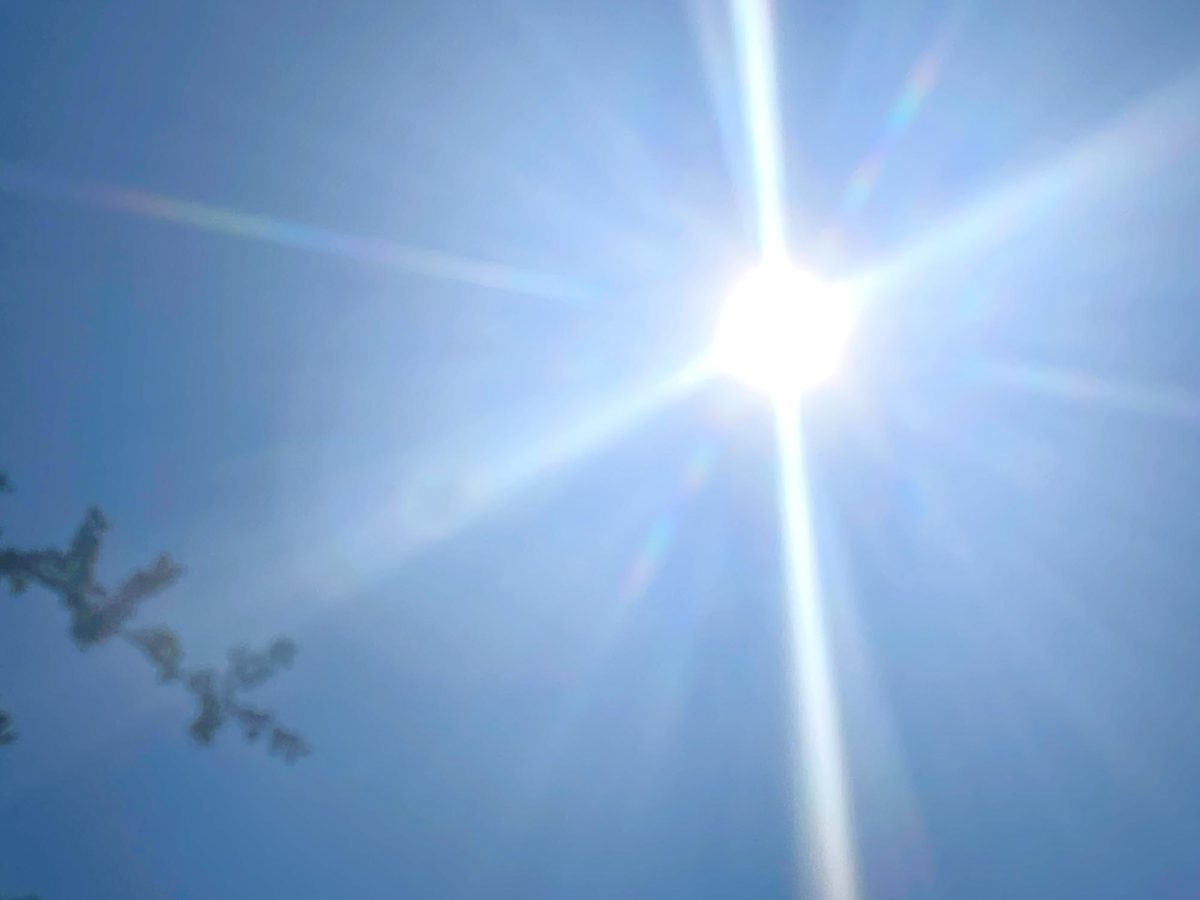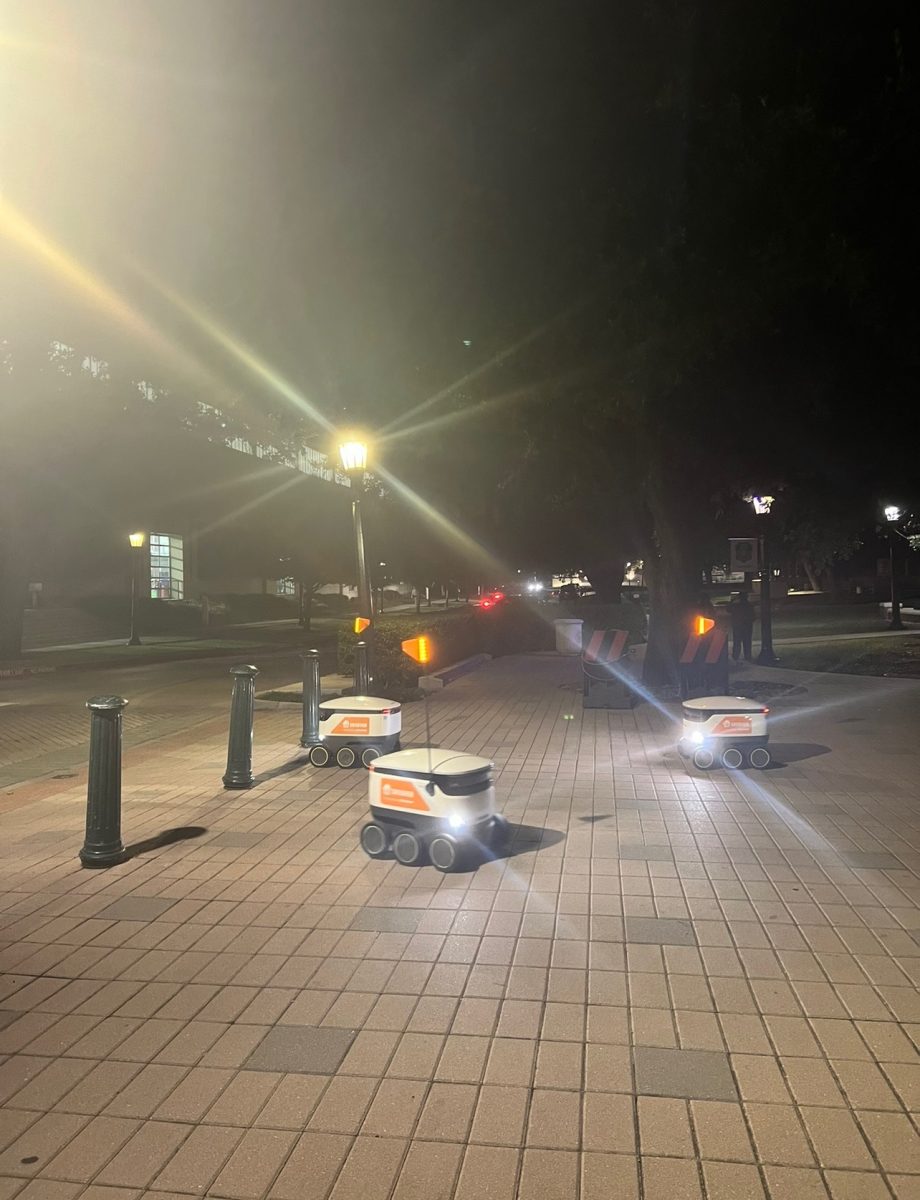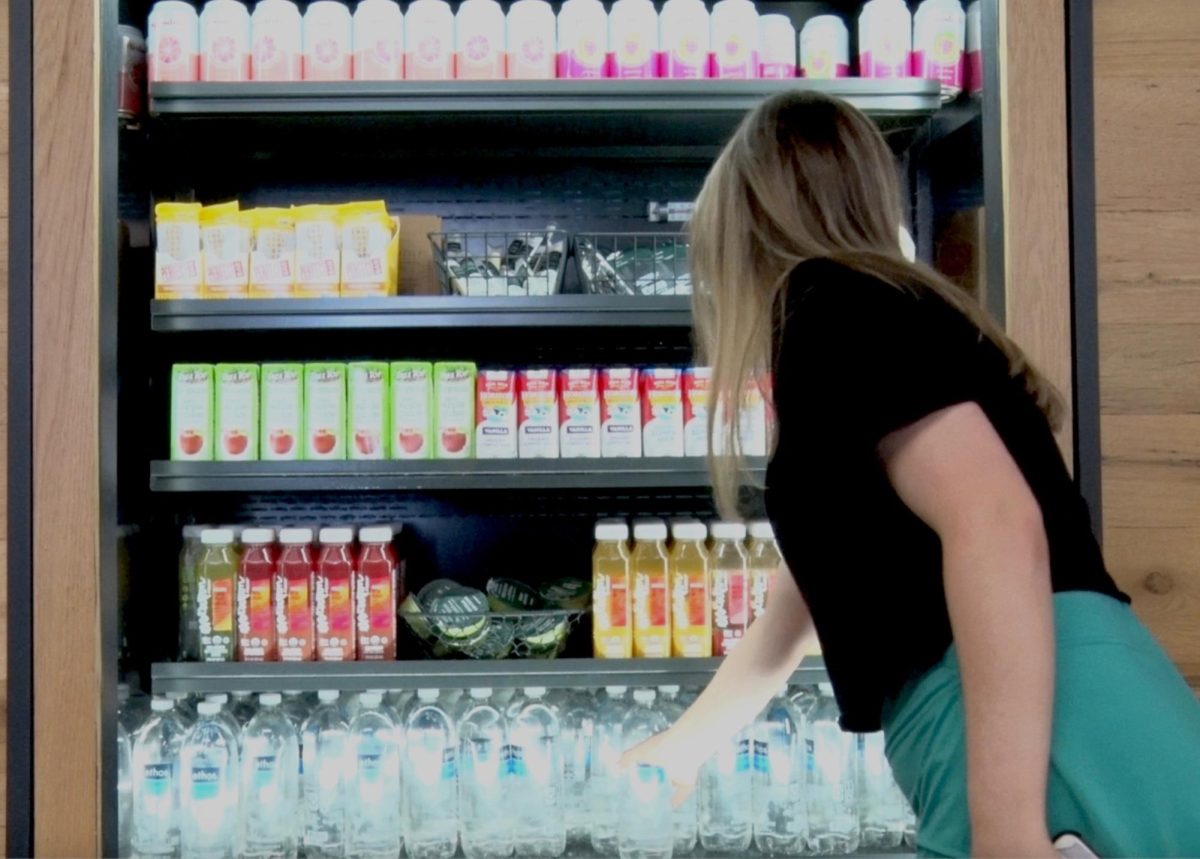1. Stay Hydrated
The Bob Smith Health Center says students need to hydrate at least 24-48 hours before prolonged heat exposure and drink fluids every 46-60 minutes while in the heat.
“One way our bodies regulate temperature is to sweat and we lose electrolytes (mostly salt) in our sweat, so we need to store up and re-stock electrolytes when we are going to be exposed to heat/hot temperatures,” Associate Medical Director Arthi Krishnan said.
2. Avoid strenuous/physical activities outside
Peak heat hours during the day are generally from 10am-3pm, Krishnan said. Avoiding the heat during these hours by scheduling outdoor workouts and activities early in the morning or later in the evening is key to preventing heat exhaustion.
3. Dress appropriately for the heat
Krishnan recommends avoiding materials that retain heat and instead wearing breathable clothing that allows sweat to wick away.
“Wear sunglasses, visors, or hats to help avoid direct sun exposure (along with sunscreen to exposed skin areas),” she said.
4. Take breaks
The Health Center recommends taking a walking route to class that allows you to take breaks along the way, in order to cool off.
5. Pay close attention to your body’s signs of heat exhaustion
The first sign of heat exhaustion is typically sweating, Krishnan said.
“Then headaches can set in along with dizziness, lightheadedness and possibly muscle cramps. Don’t push through those symptoms. Get out of the heat, cool off, and drink cool fluids,“ she said.
According to data from the U.S. National Centers for Environmental Prediction, July 4, 2023 was Earth’s hottest day on record. Texas, specifically, continues to grapple with intense summertime heat, and people are urged to limit their heat exposure.
The Bob Smith Health Center declined to disclose the number of heat-related injuries on campus but said there has been “nothing out of the ordinary.” With injuries “such as cramping in our athletes, heat rash, and some mild heat exhaustion.”




















